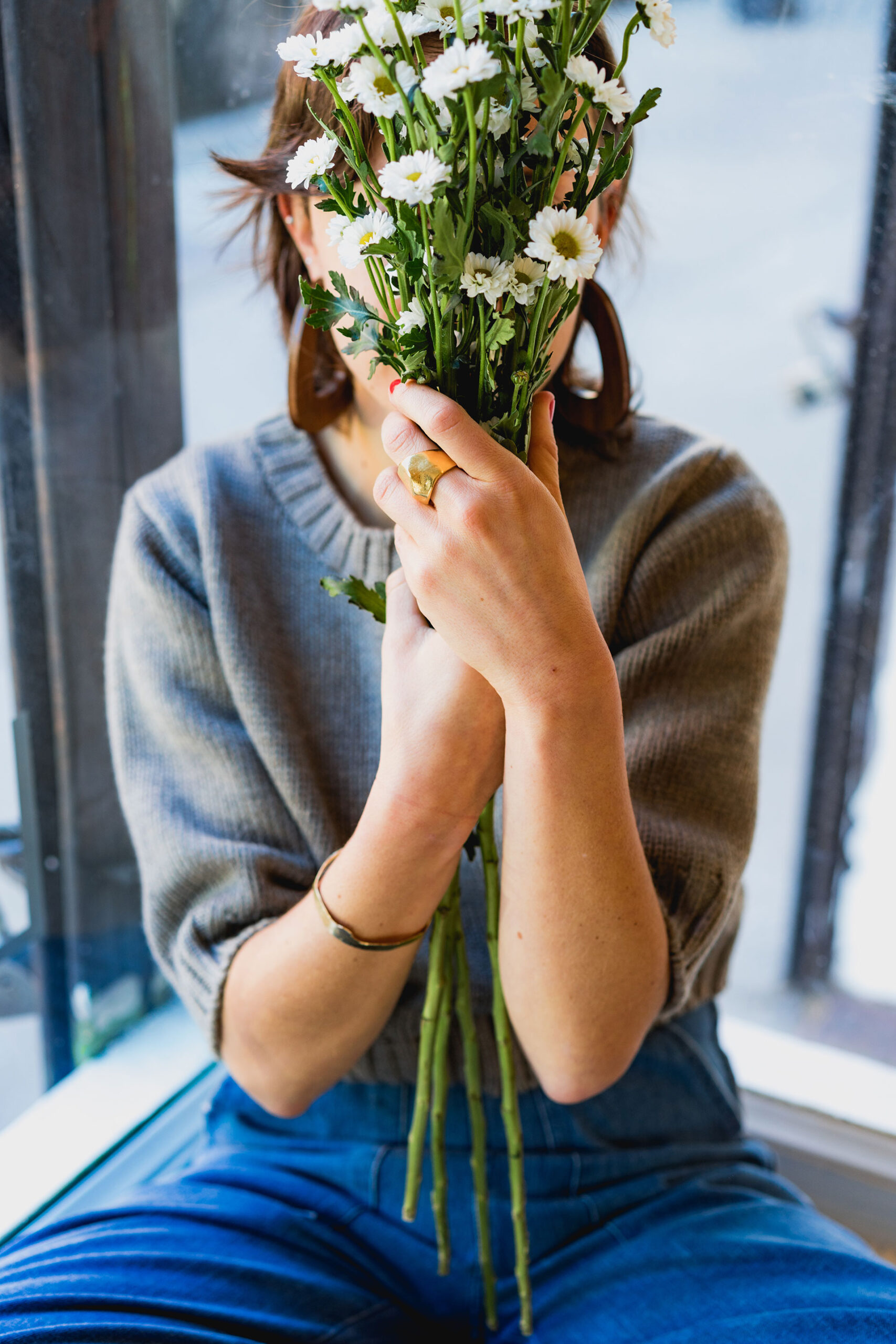£77.00 – £148.00
Eucalyptus kybeanensis – A fabulous species well adapted to the UK climate & the smaller garden. Slower growing than its fellow Eucalypts, E kybeanensis develops gradually into an open, airy multi-stemmed bush & then a small tree. Reminiscent of an Olive tree in appearance when young with its upright bushy habit and lanceolate green/silver leaves, but much hardier.
Why we like this variety:
A super species well adapted to the British climate and the smaller garden.
Slower growing than its fellow Eucalypts, E kybeanensis develops gradually into an open, airy multi-stemmed bush and then a small tree. The young trees respond well to shoot-tip-pruning in formative years, allowing you to control growth and habit.
If growing as a screening tree for privacy, keep it pruned every spring and a light tip-prune of the new growth at the end of May. It will provide you with a light tracery of deep green foliage.
Shoots ‘n Leaves: Young shoots are coated in fine white hairs, presumably to protect them against desiccation in exposed conditions.
Juvenile foliage is small, thin, lanceolate, pointed. Begins bronze with purply shoots turning deep glossy green, and often held upright.
Adult foliage is lanceolate, with rounded tips, in mid olive green to dark holly green, glossy.
Bark: Very attractive; chocolate bark with white striations peels to reveal the smooth under layer of caramel/coffee coloured with a hint of olive green.
Flowers: This variety is fairly showy when in flower with small, white inflorescence held in groups of 7 to 11. Flowers from November through to April and smell of honey.
Great foliage for picking for the house for Christmas and also for making garlands and Christmas Wreaths
Leaf Aroma: Not overwhelming; faintly fruity eucalyptus.
Rate of Growth: Relatively slow-growing for a Eucalyptus at around 60-90cm per annum; still quite fast for an evergreen.
Height in maturity, if left unpruned: Medium term (about 8 years) around 4 metres tall, long term (20+ years) seldom exceeding 7m (about 25′) tall. Prune to keep bushy and compact.
In March, we prune our E. kybeanensis by removing about 30cm of growth from every single shoot, all over the tree; whilst also reducing the leading shoot by 30-60cm.
This keeps the tree bushy compact and a nice shape.😎
If you ignore it and fail to prune, it will grow tall, slim and not bushy.😑
Click here for a link to our pruning Guidance Notes
Click here for a link to our pruning video
Hardiness: Root-system easily tolerates temperatures down to -14°C / -16°C but needs good drainage to succeed well.
Originating from high plateaux, E. kybeanensis is very tolerant of exposure, once established. The young trees in our nursery survived well, during the winter 2010/11
Avoid planting in a frost pocket or where old air pools in winter. Eucalyptus kybeanensis will do well on a sunny site with good air flow, on a normal to free-draining soil.
Hardiness in Eucalyptus is governed by
Eucalyptus kybeanensis – Kybean Mallee Ash
Requirements:
Recommendations:
Eucalyptus kybeanensis – Kybean Mallee Ash
Good Specimen Tree for the wider landscape/for the smaller garden: Planting the tree and running away is an option, but it wont necessarily give you the best results. See our guidance notes for growing specimen Eucalyptus in our Help and Advice section. For monthly emails on how to prune and care for your Eucalyptus, sign up to our Gumnut Club – it’s totally free and you can unsubscribe at any time.
We think that E. kybeanensis is best pruned once or twice a year. Pruning: once your tree has reached about 1.2m (4ft) in height, remove around 200-400mm (8-16 inches) off the leading shoot in mid-March. You can repeat this exercise again end of May, by lightly trimming back the growing points of the subsequent leading shoots by a few inches. Repeat the pruning of all leading shoots every March until you have achieved the desired tree shape. As with all Eucs, choose a dry day for pruning to minimise the risk of silver leaf fungus disease. Always use clean pruning equipment.
Floral Art: E. kybeanensis is not on the recognised selected cut foliage list, but I find that it produces excellent foliage, with a vase life of around 3 weeks. I don’t pollard the trees in the usual manner, but just snip off what I need, as required. A premium foliage with a moderate yield. Harvesting in November/December will give leafy stems with flowers and gumnuts.
Rural/Agricultural: Green foliaged species, which looks more comfortable and not ‘foreign’ in a rural setting.
Ecology:
Environmental:
No grass, no weeds and a thick bark chip mulch, to a depth of 150 mm (6 inches) are essential to assist with good establishment. Our research trials have demonstrated that grass around the trunk of Eucalyptus prevent the trees from quickly establishing and can completely stop them from growing.
Patio Pot culture: E. kybeanensis can be grown in terrace pots, but do not be tempted to over-pot it, as the fine root-system will not develop properly. Grow in air-pot containers and increase the pot size gradually.
For information on how to successfully grow Eucs in pots, visit our Blog entitled ‘How to grow a Eucalyptus in a pot and keep it alive!’
Winter 2022 into Spring 2023
Stock levels: Young trees in 3 litre and 5 litre airpots ready now. We are also growing a few specimens of this slower growing species in 12 litre and 20 litre pots, for those of you who need a decent sized tree now.
Botanical Name: Eucalyptus kybeanensis MYRTACEÆ; Myrtle Family
Common Name: Kybean Mallee Ash
Status: Evergreen Tree
Origin: An uncommon mountain Eucalyptus from south-eastern Australia; Victoria and New South Wales
Lignotuber: it has one, which is a good thing! E. kybeanesis will regenerate off the lignotuber if cut down by man, beast or nature; producing a multi-stemmed mallee (multi-trunked specimen). It also produces many shoots from epicormic buds lying dormant beneath the bark higher up the tree; so E. kybeanesis will respond extremely well to both coppicing and pollarding practices. These buds are triggered into life, when the upper branches of the canopy are removed, either by a forest fire or you with loppers. The harder you prune, the more buds will shoot and develop.
Meaning of the Name
kybeanensis: Richard Cambage first collected this variety in November 1908 near the Kydra Trig of the Kybean Range – part of the Great Dividing Range and 26 km from Nimmitabel, a town in south east New South Wales. However, the main populations of this variety are to be found on the high ground of the Australian Alps, especially around Victoria.



Tel: 01905 888 098
Monday-Friday, 9.00am-4.00pm
Grafton Nursery,
Worcestershire
(Visits by appointment)


We’re here to help you choose your Eucalyptus
We’ll also email you with expert seasonal advice for
your Eucalyptus & exclusive offers. No spam – just Eucalyptus.
You can opt out at any time. Click here to see our privacy policy in full.